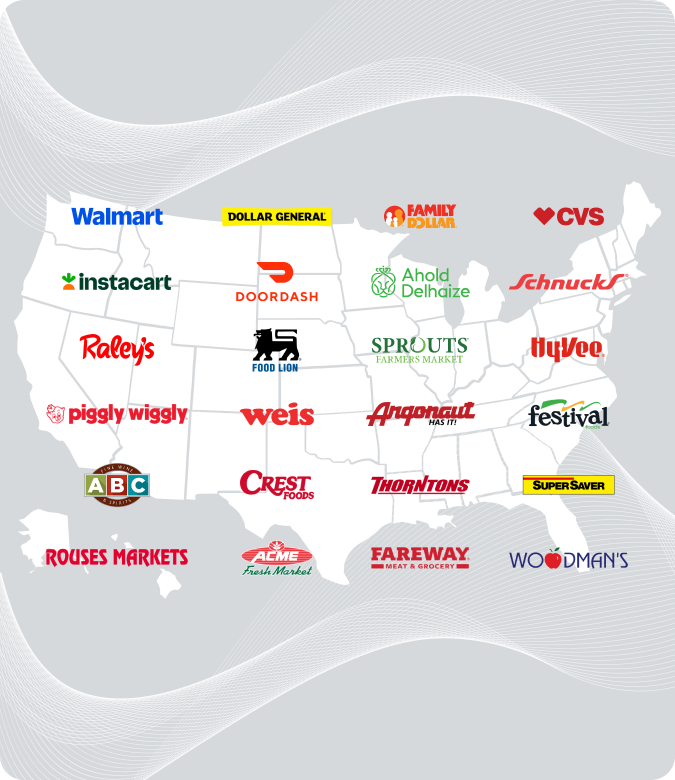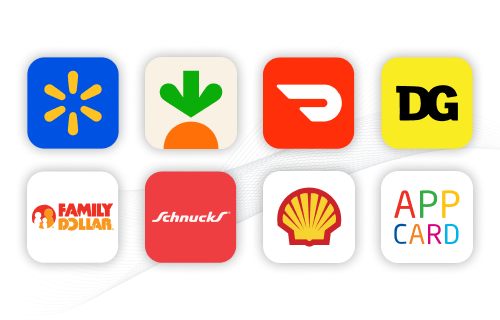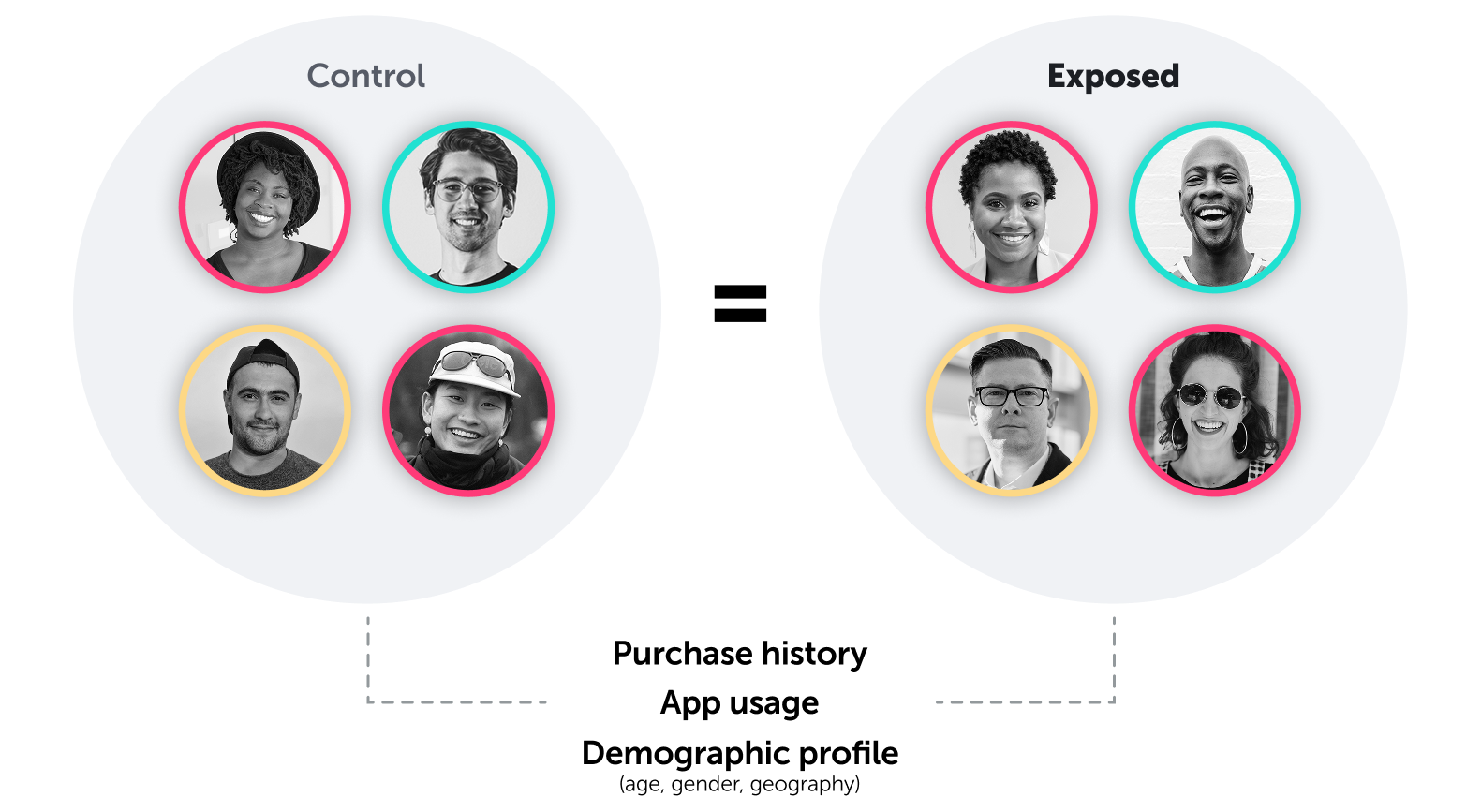
November 3, 2025
Accurately measuring ongoing marketing effectiveness and sales impact has long been one of the biggest challenges facing CPG brands. Ibotta's Matched Audiences measurement methodology removes the guesswork, helping brands maximize ROI with data-driven decisions that leverage the latest developments in machine learning (ML).
Challenges in the industry
Traditional methods of CPG ad measurement suffer from several challenges. First, cookies, pixels, or other digital indicators of conversion are insufficient for determining performance, as most sales occur in-store. Second, employing multiple tactics simultaneously – including media, trade spend, and promotions – makes it difficult to determine the degree to which each tactic led to an incremental sale. Finally, brands generally lack access to data with the granularity and availability required to leverage ML models for optimizing campaigns while they are still in flight.
Faced with these challenges, media agencies and brand teams traditionally rely on high-level econometric models, such as media mix models (MMM), to assign relative causation to different tactics based on a combination of prior assumptions and empirical data. These models serve an important purpose, but they are highly sensitive to their key assumptions, which are unique to their proprietary methodologies. MMMs often take months to prepare, leaving CPG brands waiting for measurement to inform their strategic planning. Responding quickly to changing market dynamics, therefore, becomes a challenge when relying primarily on MMMs.
Another common technique for ad measurement is the lift study. This methodology isolates the causal impact of ads by looking at longitudinal purchase data for a group of people exposed to the ad versus another statistically similar group that was not exposed, where all other variables are held constant. Third-party measurement companies run and provide these studies to advertisers once or twice a year, as a way of sense-checking the ROI of the ad spend. For example, Google, Facebook, and other digital marketing platforms rely on lift studies to establish the incremental lift they generate with their ads. These studies, however, generally provide a point-in-time measure of performance vs. a rolling view of incremental sales while the campaign is live.
Ibotta’s Matched Audiences methodology is a new and sophisticated measurement approach that addresses these gaps by providing in-flight sales lift measurement, enabling CPG brands to optimize performance while the campaign is running through our LiveLift™ tool. By partnering with a network of trusted, industry-leading measurement providers, we've ensured our approach complements the tried-and-true methodologies outlined above.
Ibotta’s measurement breakthrough
Ibotta (NYSE: IBTA) operates the largest digital promotions network in the U.S., reaching more than 200 million consumers. The Ibotta Performance Network seamlessly distributes thousands of brand offers across a network of publishers, including leading retailers and delivery service providers such as Walmart, Dollar General, Instacart, Family Dollar, DoorDash, Schnucks and AppCard, as well as on the Ibotta app, which is one of the most widely used savings apps in the U.S. Because Ibotta has access to item-level data for a panel of millions of U.S. consumers, it has created a breakthrough system for measuring incremental sales on a rolling basis and delivering a Cost Per Incremental Dollar, or “CPID”. CPID provides visibility into how much was spent to drive one incremental dollar in sales, and the equivalized nature of the metric enables universal application across brand, price point, and spending tactic.
Using the well-established lift study methodology, Ibotta isolates a consumer’s exposure to the promotional campaign. This is done by taking statistically similar populations and dividing them into two groups: one that has been exposed to the campaign and one that has not, holding all other variables constant. Because both groups have an equal opportunity to be exposed to all other tactics live in the market, including media and trade investments, any statistically significant differences in purchase behavior over time are attributable to exposure to Ibotta content. In this way, Ibotta measures the incremental dollars directly attributable to the campaign, accounts for the fully-loaded cost of execution (including any fees, consumer rewards, or setup costs), and computes the CPID.
Rolling CPID represents a breakthrough in the industry for three reasons.
Methodology
Figure 1 below illustrates key elements of Ibotta’s cost per incremental dollar measurement approach. The yellow line represents the level of baseline sales that would likely have occurred if the campaign had not run. The curved line represents the increase in sales both during and after the promotional window. The area between the curves represents Incremental Dollars captured, both during and immediately after the campaign. Specifically, Ibotta takes into account:
- In-period sales. Incremental sales while the campaign is live and available to consumers.
- Follow-on sales. Incremental sales of the featured items in the 60 days after the campaign, where exposure to the campaign and/or trial of the product led to an ongoing statistically significant delta compared to the unexposed group.
- Halo sales. Sales of products not in the campaign, but that are in the same brand and category, and are driven by a statistically significant change in sales due to campaign exposure.
Purchase data
Ibotta has unique access to a vast corpus of first-party, cross-retailer, item-level purchase data collected from the Ibotta app and network of publishers.
Tailored measurement for every Ibotta Performance Network partner
In order to comply with each publisher’s requirements regarding data sharing, Ibotta uses a distinct approach to measure incremental sales: Matched Audiences.
Matched Audience models
Matched Audiences removes the need for pre-defined “holdout” groups. One hundred percent of the target audience is eligible to view the offer. With Matched Audiences, the control group is created post-hoc by identifying which users were not exposed to the offer. Once that control group is defined, they are reweighted so that, on average, they are statistically identical to the group that was exposed to the offer (i.e., the treatment group). Therefore, the two groups become equal on important characteristics like shopping habits and past behavior, allowing Ibotta to accurately measure the true effect of the offer. The dynamic nature of these control groups enables faster reporting and statistically significant results, even for targeted campaigns.
Figure 2 below helps visualize how Matched Audiences leverage deep consumer data across multiple years of full basket purchases to ensure that the control group (Group A) equals the treatment group (Group B) in every way except being exposed to an offer.
Summary
Ibotta’s in-flight measurement of incremental in-store and online sales represents a significant milestone that can change the way CPG brands allocate resources and maximize the efficiency of every dollar they spend, leveraging breakthrough optimization tools such as LiveLift. CPG leaders crave new solutions that can deliver incremental sales at a scale large enough to move markets, even for the world’s largest brands. Ibotta provides reliable sales lift measurement and in-flight optimization so that our clients can begin to run their businesses like true performance marketers and drive top and bottom-line growth in a way that has never been possible with CPG promotions.
Ready to drive incremental sales at scale?
Unlock the power of LiveLift today.

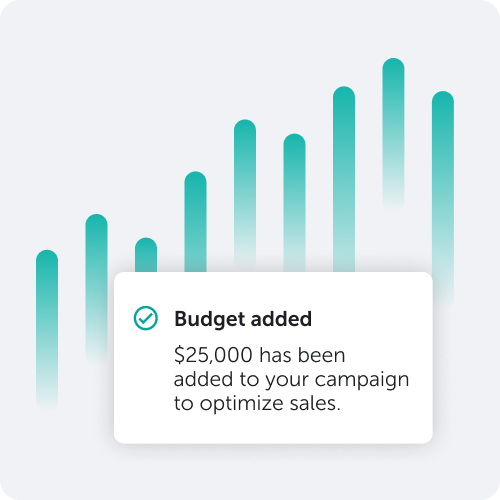
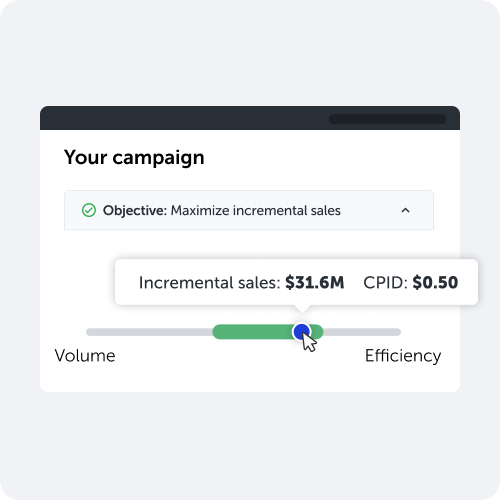
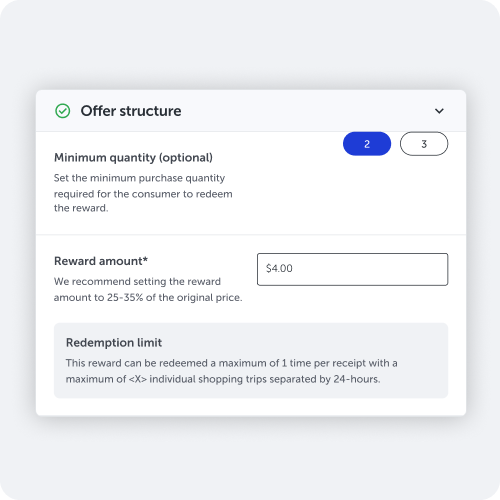
.png)
